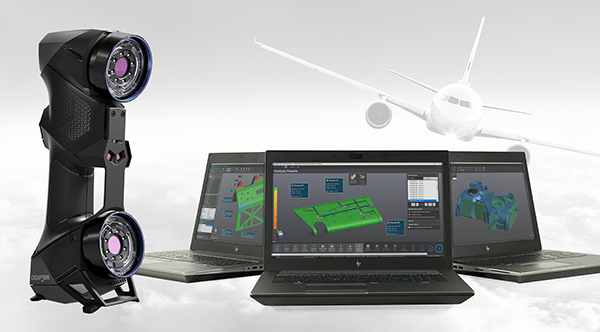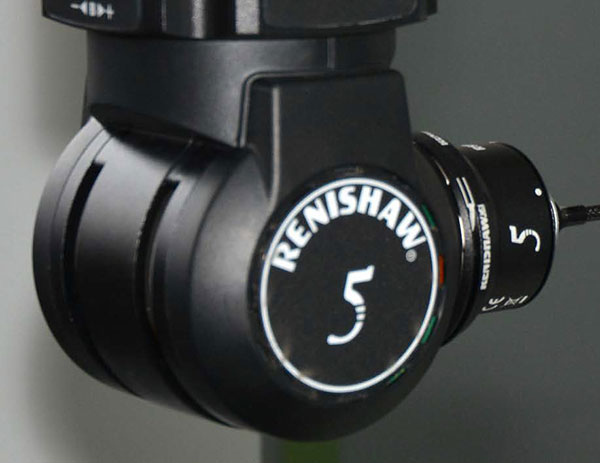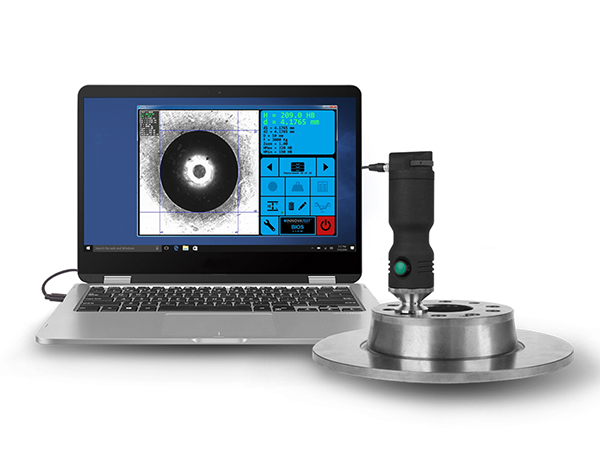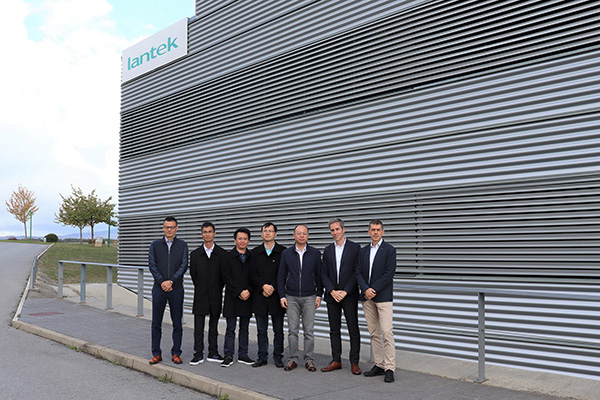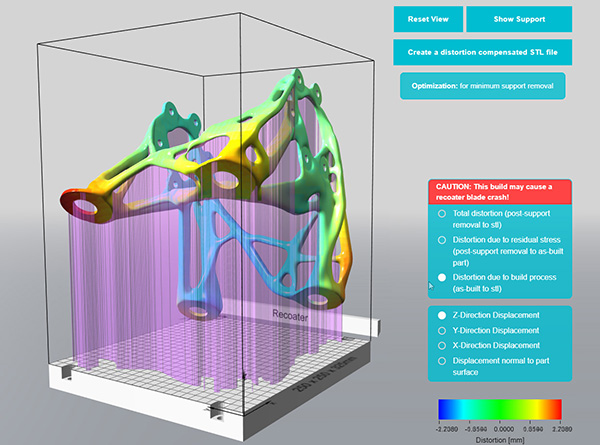The Creaform HandyScan AeroPack is a new 3D scanning solution suite that addresses the specific challenges of aircraft quality control, such as assessing damage from hailstorms or aircraft incidents, as well as flap and spoiler inspection. HandyScan AeroPack can also be used for reverse engineering, maintenance and repair operations, and designing hard-to-acquire spare parts. The suite is available in the UK from Measurement Solutions.

Creaform’s HandyScan AeroPack includes HandyScan 3D, a metrology-grade, portable 3D scanner designed to acquire accurate, repeatable and reliable measurements – even in difficult environments, such as aircraft hangers or shop floors, and with both complex surfaces and parts of all sizes. Also featured is SmartDent 3D, an aircraft surface inspection software for assessing aircraft flaps, spoilers and fuselage panels. VXinspect, a dimensional inspection software module for quality control workflows and inspection reports, and VXmodel, a post-treatment software module to finalise and further process 3D scan data in any CAD solution, complete the offer.
Simple and intuitive to use by operators of any skill level, HandyScan AeroPack makes quality control and reverse engineering processes efficient by reducing user impact on measurement results and accelerating the generation time for final reports or CAD designs.
HandyScan 3D is listed in the Airbus Technical Equipment Manual, and is part of Boeing’s Service Letter, meaning it can be used for recording the physical attributes of dents on all Boeing commercial aircraft.
“Aerospace is facing increasing challenges due to manufacturers’ accelerated innovation, stricter regulatory standards, heightened concerns for passenger safety, mounting costs of grounded aircraft and profitability targets,” explains Jérôme-Alexandre Lavoie, product manager at Creaform. “As the HandyScan AeroPack was developed with these challenges in mind, aircraft and MRO companies can now tackle them head on.”
For further information www.creaform3d.com






